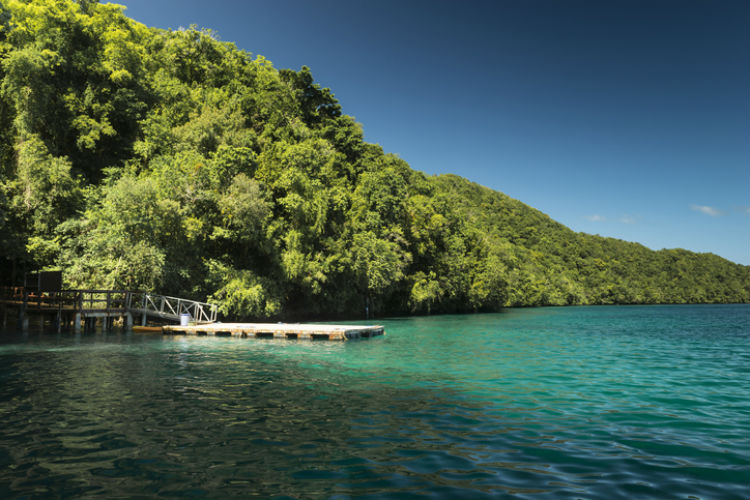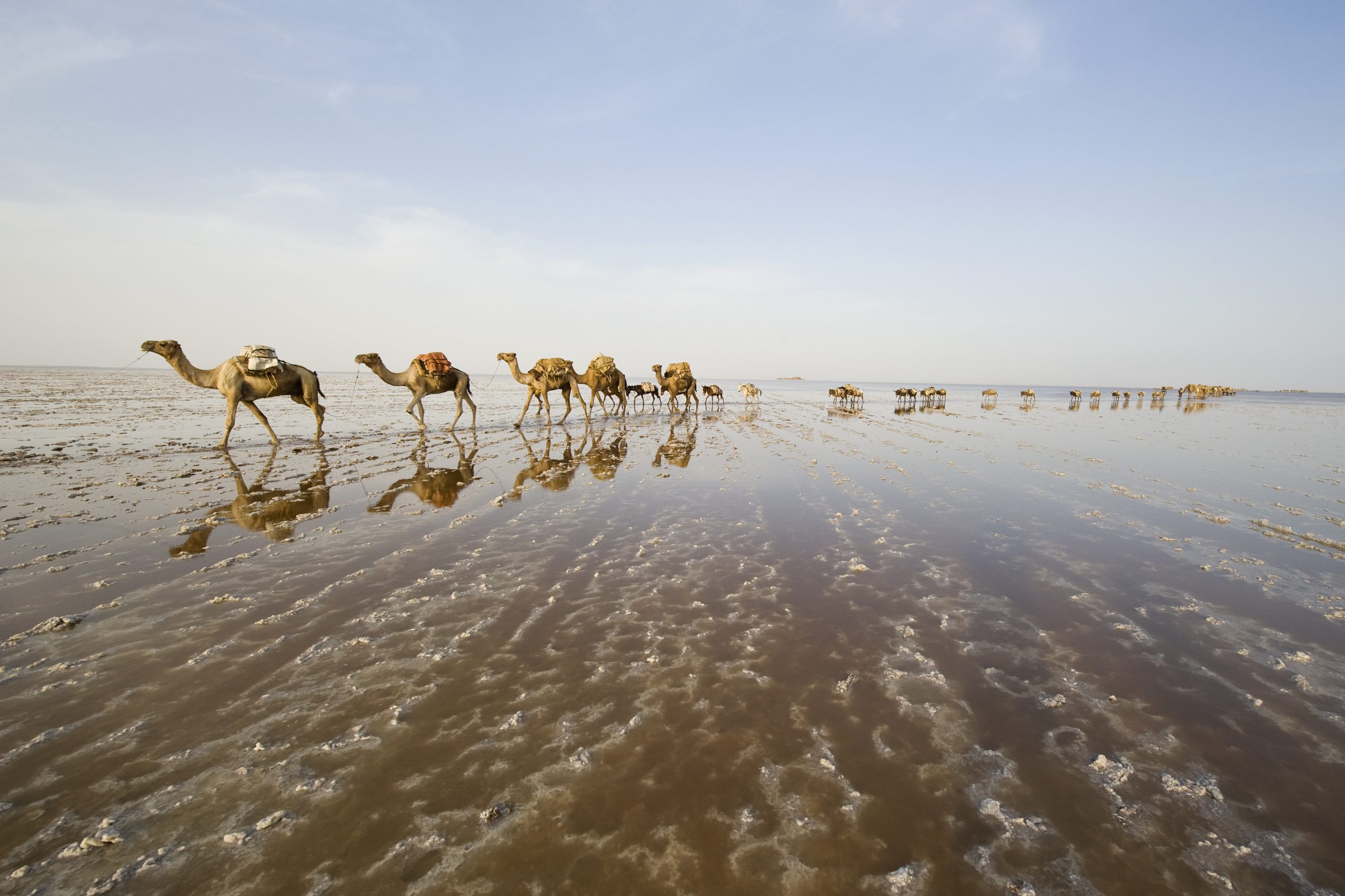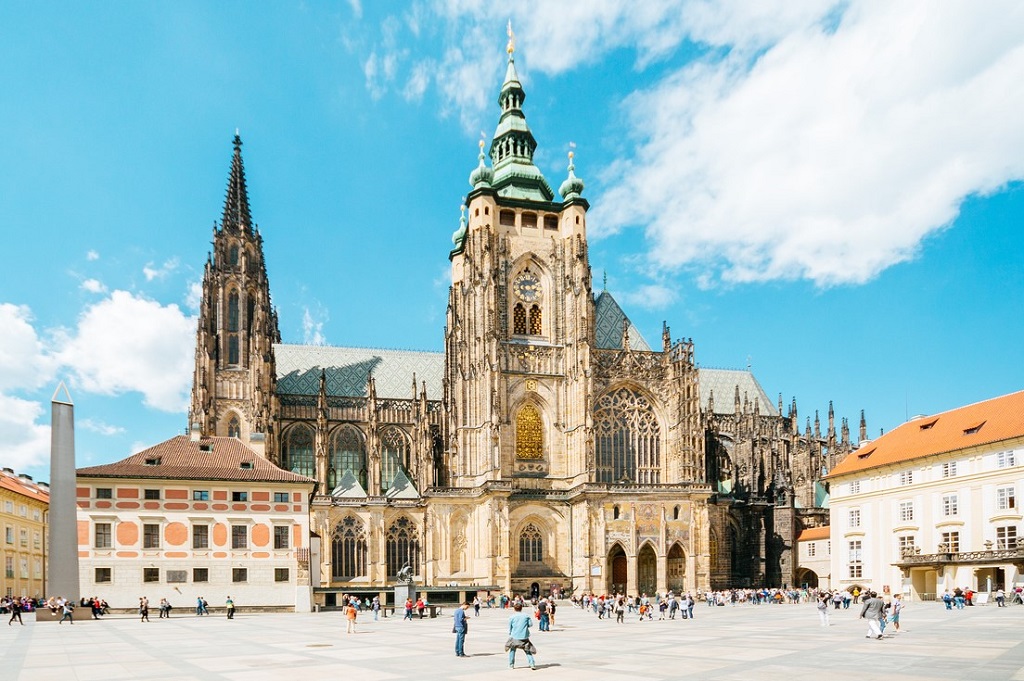The age of a country is defined by factors like borders, culture, and its people. The identity of a country and its principles are crucial and hold the citizens together. Like with any individual, even a country’s identity will change over time, due to its population or its government. Despite being around for a very long time, some regions have declared themselves as a country only very recently. For example, Armenia, one of the oldest countries in the world, was founded in 330 BC; but the country achieved its independence in its current form only in 1991. After their freedom from the Soviet Union, they became one of the newest countries in the world.
Similarly, many regions that have existed through history, have had a tough time becoming a nation today. Some of them have had to face violence and bloodshed for independence, but others like Portugal have had a peaceful transition.
Also read: Oldest Countries In The World Based On Borders
Meet The Newest Countries In The World
1. Different Conquests, Different Battles: The Republic Of South Sudan

The newest country in the world, South Sudan, declared its independence on 9 July 2011. The country comprises 60 ethnic communities and 10 states of Sudan. The country originally got its independence in 1956 from the colonial rule of Europe and Egypt, which resulted in more violence between Muslim and Christian communities. An agreement formed in 2005 finally ended the civil war. Even after becoming an independent state in 2011, the country saw another civil war in 2013 when President Salva Kiir Mayardit fired his entire cabinet. This conflict came to an end in 2018 when Salva Kiir Mayardit signed a power-sharing agreement with his opposition groups and Machar, a rebel leader. South Sudan is famous for its diverse wildlife, rainforests, savannas, and more. Travelling to the country is not advisable due to COVID-19 and increased crime statistics.
2. Ruled By The Romans And Serbia: Kosovo

Once a part of Serbia, Kosovo gained independence in February 2008. The country had an ongoing conflict between its Serb and Albanian populations, resulting in its freedom from Serbia. Many countries including Serbia and Spain do not recognise it as a country. As history goes, Kosovo was ruled by the Romans in 1 AD, and in the 12th century, Serbia gained control. Later the country was merged with the Yugoslav Federation in 1956. As 1991 saw Yugoslav break into different nations, the Albanians of Kosovo tried to gain independence with passive resistance and failed. Despite additional efforts by the Kosovo Liberation Army, the Serbian and Yugoslav authorities used ethnic cleansing against Albanians. Later, a peace agreement was signed in 1999 which led to independence. One of the newest countries in the world, Kosovo is the destination for quaint mountains, monasteries, and art.
3. Breaking Of Remnants Of Yugoslav: Montenegro And Serbia

As Montenegro voted for independence, it finally completed the disintegration of Yugoslav. Montenegro declared its independence from Serbia which resulted in Serbia becoming a standalone sovereign state. Serbia fought four wars to be Greater Serbia and hold control over the nations that were part of former Yugoslav. In a 2006 referendum, 55 percent of the country’s population voted for independence, resulting in the country emerging as a sovereign state. The European Union (EU) negotiated the deal and is a candidate to gain EU membership. Montenegro and Serbia’s nearby countries are Croatia, Bosnia, Kosovo, and Albania which make it a growing holiday destination. The newly formed country of Montenegro has national parks, mountain ranges, cultural attractions, and sea landscapes.
4. A Painful And Prolonged Struggle: East Timor

East Timor suffered under Indonesian rule since the Portuguese gave up control in 1975. The Indonesian invasion in 1975 resulted in around 2,00,000 deaths. In September 1999, a referendum reflected that 78 percent of the voters preferred independence which resulted in violence and anti-independence militia that killed around 1,000 people. The United Nations intervened and established the UN Transitional Administration in East Timor and set up refugee camps. In February 2002 East Timor assembly accepted the draft constitution, and East Timor and Indonesia signed agreements for a peaceful future. Finally, on 20 May 2002, East Timor became one of the newest countries in the world and declared its independence. Untainted beaches and islands, delicious seafood, diverse opportunities to explore underwater life, and hiking on mountain ranges while interacting with local villagers are a glimpse of what East Timor offers.
5. Around 300 Volcanic Islands: Palau

A big supporter of sustainable tourism, Palau gained its independence in 1994. Among the newest countries in the world, Palau comprises coral and volcanic islands. Still a budding nation, Palau receives financial support from the United States in exchange for maintaining its military bases in Palau. This is possible under a Compact of Free Association which makes the US in charge of Palau’s defence. Despite Western influence, Palauans hold on to their traditions and culture. The country was under the rule of many countries, the latest being Japan in 1914. In 1947, it became a United Nations Trust Territory under the US administration. In 1994 the country joined the UN and declared its independence. Palau has amazing volcanic islands, lush forests, and huge limestone cliffs. The newly found country also has thriving marine life which makes it an ideal destination for diving and snorkeling.
6. An Ordeal For Freedom: Eritrea

Eritrea, a northeast African country, is a good place to explore Art Deco architecture, and its capital Asmara has been declared a UNESCO World Heritage Site. The Ottoman Turks set up troops at Massawa, Eritrea in the 1500s. The country eventually fell under Italian and British rules before being administered as United Nations trust territory in 1949. In 1952 the UN General Assembly voted and made Eritrea a federal component of Ethiopia. Eritrea fought a war for independence from 1962 to 1991 that included a military coup, social revolutions, guerrilla wars, and military assaults.
In 1993, Eritreans voted for independence, but this did not result in peace in the newly formed country. There were border clashes from 1998-2000 that left around 70,000 casualties. The violence continued till 2018 Ethiopia and Eritrea ended the war. Avoid travelling to Eritrea because of COVID-19 and also because the tension between neighbouring countries makes the country dangerous. But visiting Asmara is considered safe.
7. The End Of Czechoslovakia: The Czech Republic and Slovakia

The Czech Republic and Slovakia are the results of the dissolution of Czechoslovakia. Both countries were part of Czechoslovakia till January 1993. Both the Czech Republic and Slovakia emerged from strong communist rule, but the Czech Republic was one of the first developed countries from the Eastern Bloc states, while Slovakia came away with political instabilities. These countries joined the European Union in 2004. The Czech Republic went on to become a newly formed country and one of the top tourist destinations in the world with its sites of historic significance, beautiful architecture, and nightlife.
8. Nazi Rule, Communism, And Civil War: Bosnia-Herzegovina

In 1908, Austria-Hungary took over the Ottoman province of Bosnia-Herzegovina. As the Austria-Hungary empire fell in 1918, Bosnia-Herzegovina came under pro-Hitler Croatia leading to many Serbs, Gypsies, and Jews being sent to death camps. After being liberated by the Communists in 1945, the country became a part of the Socialist Federal Republic of Yugoslavia. After communism collapsed, the country’s Croats and Muslims came together and outvoted Serbs, and declared independence in 1992. A civil war began between Bosnian Muslims, Serbs, and Croats that went on for three years till the Dayton peace accord was signed in 1995. Due to its Ottoman and Austria-Hungary past, the country is a cultural treasure. Bosnia-Herzegovina is blessed with picturesque towns, cascading waterfalls, mountain ranges ideal for hiking and scenic rivers that offer watersports. Travel to Bosnia-Herzegovina is dangerous because of COVID-19, terrorism, and the presence of landmines.
Same Form But Different Identities
Other countries like Croatia and Turkmenistan are also among the newest countries in the world. They have emerged from some of the strongest kingdoms in the world and have existed for centuries. Most of their freedom came at a price. Germany, a country that has been a crucial part of the world’s history and rich culture, had to go through tumultuous times and cruel wars, to become the country we know it today on 3 October 1990. Some of the newest countries in the world like Namibia, Croatia, and the Czech Republic were quick on their feet and are tourism hotspots right now.


